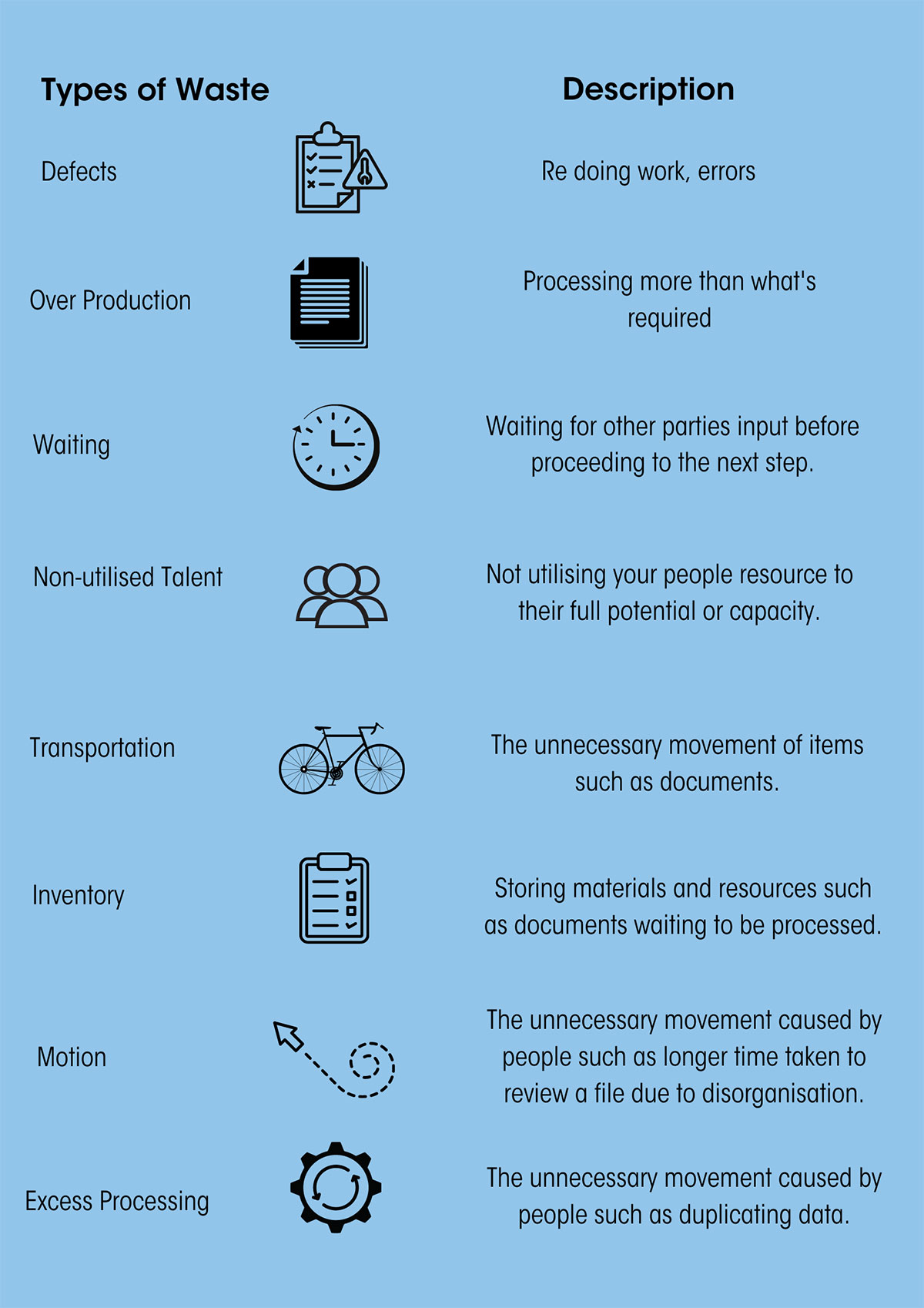‘Lean’ might sound like the latest celebrity-endorsed diet or exercise fad, but it’s not. In a business context Lean is a term that originated in 1945 when Toyota used it to describe a more efficient way of manufacturing. But it’s no longer just applicable to heavy industry and today organisations of all sizes in all industries are using it to describe ‘low-fat’ business processes and principles.
Due to this strong affiliation with Toyota, too often the term is extended to ‘Lean manufacturing’ and perceived as not relevant to the service industry, but, in fact, it’s particularly important to sectors like legal and accountancy – whose services by their very nature are traditionally slow and expensive processes.
Lean has moved from a theory to a practice to a complete way of working. It can be complex with lots of technical terms like variation, six sigma, agile, etc. But you can simply view it as an approach to business process improvement with the end goal of enhancing value for the client. The aim of Lean is to optimise the delivery of client value and make work processes as efficient as possible. That’s all.
How do we improve our processes and become Lean?
Firstly, we need to analyse our processes to understand how they are carried out. A process is almost any task that has a beginning, a middle and an end. Yes, even making a cup of tea is a process.
Every process is a series of actions or steps taken in order to achieve a particular end. This describes every service your business provides – they are a series of repeatable, describable steps, even if there is variation in each one.
Once a process is clearly defined, we can look for issues or problems. These are actually opportunities to improve and make it more efficient.
Simple, right? Maybe not. Think of how you make a cup of tea: do you boil the kettle first? Then get your cup from the cupboard, tea, milk and sugar ready? Do your colleagues use a different approach or process? Which way is the most efficient? Here’s a Lean tip for you: boiling the kettle takes the longest so prepare everything while it’s boiling.
When your processes are analysed, you can start to see where the wasted time and efforts lie. From here you can start to make your organisation Lean, but you will need an open mind and be amenable to change and improve and, all-importantly, get buy-in from the whole team. The culture and leadership style of an organisation plays a big role in how successful a Lean approach can be.
For Lean to thrive in any business, there must be a blame-free culture where problems are welcomed and made visible. Lean is about doing what is right and doing it as well as can be done. Success is rooted in teamwork and the ability to talk openly about any problems or issues. Without this, opportunities for improvements in any given process will not come to light.
This leads on nicely to introducing a core concept of Lean which is removing waste.
What exactly is waste?
Back to making tea: a waste of time would be getting the ingredients ready after the kettle has boiled. Multiply that by 100 cups in a month. That’s a lot of waste.
Now try and identify any waste in a service your business provides: think about everyday problems and frustrations you encounter and answer the following three questions.
- What frustrates you about your work? (e.g., incorrect, or missing information)
- What takes longer than it should? (e.g., waiting for clients’ or a colleague’s response)
- What seems harder than it should be? (e.g., using multiple systems to handle client data and documentation)
Your answers will probably equate to Lean’s Eight Wastes which is also a useful framework to help recognise waste.
For example, incorrect or missing information is known as a ‘defect’ in Lean terms. ‘Waiting’ is another type of waste and it is worth reviewing the 8 wastes outlined below to see where you can improve your processes. The elimination of waste is a key underlying principle of Lean, whilst also remembering it is a way of thinking and not a list of things to do, it’s actually a mindset of continuous improvement.
A mindset of continuous improvement is key to any organisation’s sustained success in the elimination of waste. To do this, issues must be made visible, and talked about openly. To enable this your organisation must have a culture of problem-solving and open communication between teams at all levels so that employees feel valued and invested. The people and culture in an organisation are key to the success or failure of your Lean journey.


